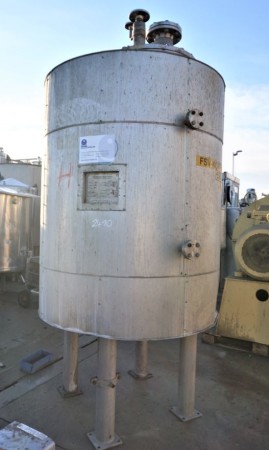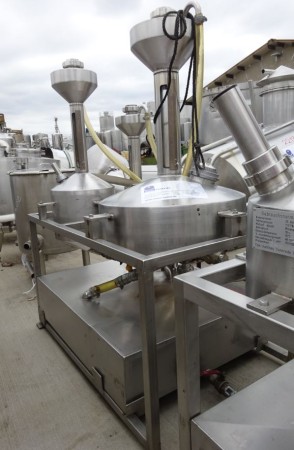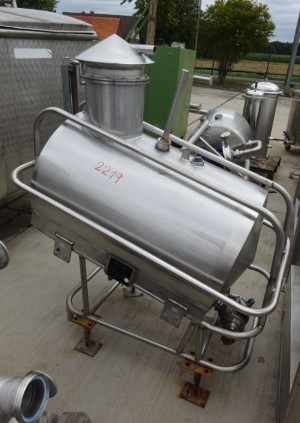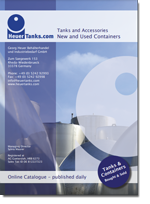Acid tank for chemicals/pharmaceuticals
Acid tank
Pressure tank 930 liters made of V4A, temperature-controllable, isolated
Art.-Nr. M-2410
EUR 4.200,00
add. 19 % VAT excl. shipping costs
Druckbehälter 930 Liter aus V4A, temperierbar, isoliert
EUR 4.200,00
add. 19 % VAT excl. shipping costs
Calibration container 10, 20, 50 liters made of V2A, used
Art.-Nr. M-2220
EUR 1.100,00
add. 19 % VAT excl. shipping costs
Eichbehälter 10, 20, 50 Liter aus V2A, gebraucht
EUR 1.100,00
add. 19 % VAT excl. shipping costs
Calibration container 200 liters made of V2A, used, single-walled
Art.-Nr. M-2219
EUR 1.100,00
add. 19 % VAT excl. shipping costs
Eichbehälter 200 Liter aus V2A, gebraucht, einwandig
EUR 1.100,00
add. 19 % VAT excl. shipping costs
Acid tank
In general, acid tanks are tanks for hazardous goods. Acid can have many different properties which can also be harmful to the environment. To prevent the harmful substance from entering the groundwater or into the environment in general, several points need to be observed when setting up an acid tank.
What actually is a hazardous good?
At first glance, the term seems self-explanatory. But an accurate definition is needed to be able to distinguish it. The Hazardous Goods Transport Act describes what is meant by hazardous goods.
To distinguish between different hazardous goods, there are different classes which describe how dangerous each good is. There are nine hazardous goods groups in total. Acid, depending on the type, can be counted as a corrosive substance under Class 8.
Acid as a corrosive substance
There are many different types of acid. There’s sulphuric acid, hydrochloric acid and acetic acid, just to name a few. But not every acid is as harmful to the environment as the next. For example, lactic acid is found in milk and is not harmful to the environment, people or animals.
Acids also have their place in private homes. Citric acid, tartaric acid and carbonic acid are substances that are contained in foodstuffs. However, these acids can cause negative reactions in the human body if consumed in large amounts.
Hydrochloric acid is different. Hydrochloric acid is highly corrosive and direct contact can cause serious injury. This acid has a strong corrosive effect and can even eat through many materials.
Storing and transporting acid
To prevent acids from eating through the tank wall, acid tanks must be specially equipped and coated. When dealing with an acid that can be classified as a hazardous good, the tanks are subject to certain guidelines for storing and transporting the substance.










